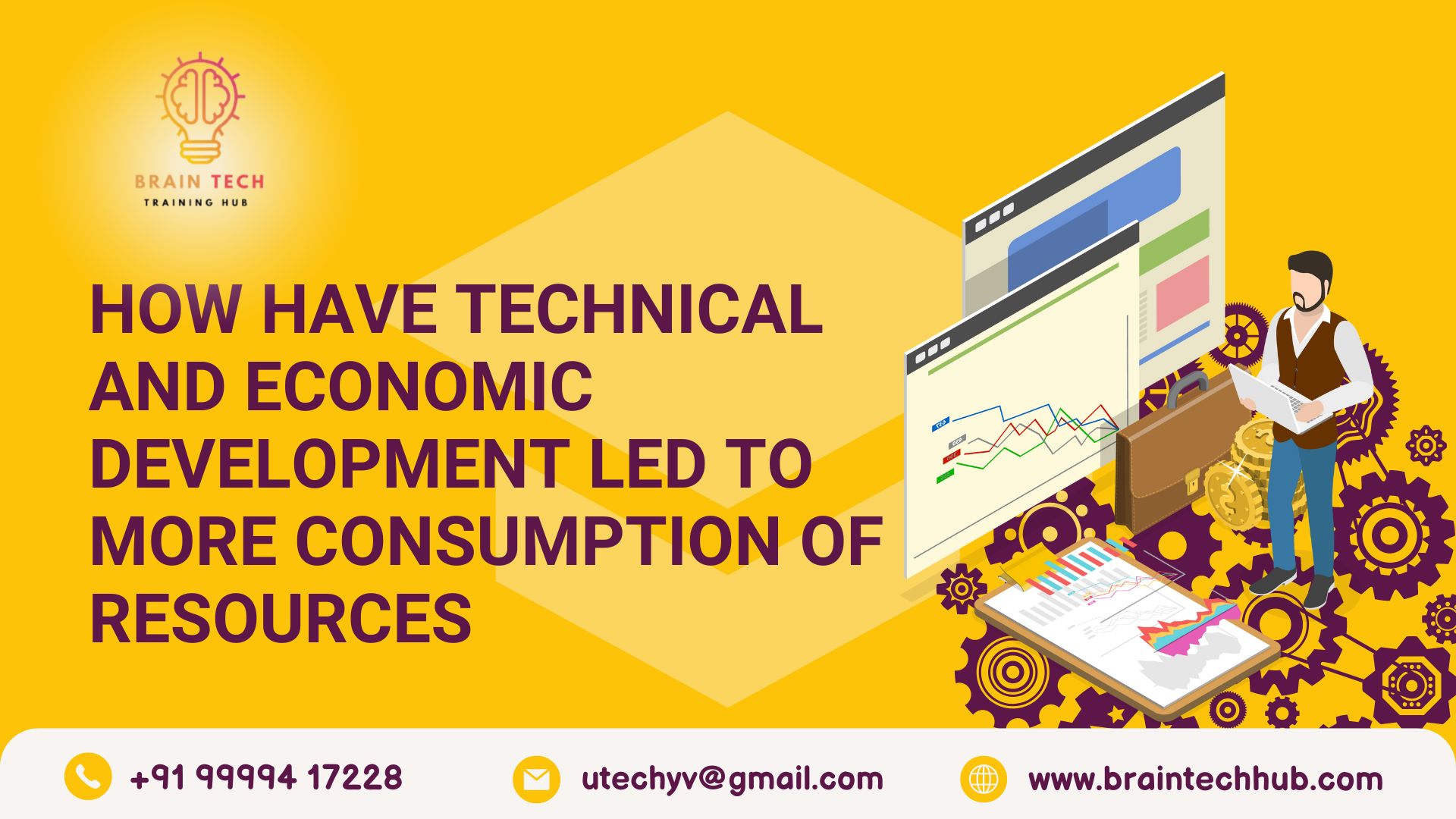Technical and economic progress has significantly increased resource consumption. Industrialization, urbanization, transportation advancements, consumerism, and technology growth all play a role. Population growth and modern agriculture also contribute. Our choices matter—adopting sustainable practices can help mitigate these impacts.
Introduction:
Technical and economic advancements have revolutionized our world, improving living standards and connectivity. However, these developments have also led to a surge in resource consumption. Let’s explore how this has happened and what it means for our future.
Industrialization:
During the industrial revolution, machines replaced human labor, increasing production efficiency. This led to a boom in industries that rely heavily on natural resources. The demand for minerals, water, and energy skyrocketed to fuel these factories.
Urbanization:
Economic growth has spurred urbanization, with more people flocking to cities in search of better opportunities. Urban areas demand vast amounts of resources for construction, infrastructure, and daily sustenance, putting a strain on resources.
Transportation:
Advancements in transportation, such as cars, airplanes, and ships, have facilitated global connectivity but come at a cost. These modes of transportation rely heavily on fossil fuels and require materials like steel and aluminum for construction, contributing to resource depletion.
Consumerism:
Economic development has fostered a culture of consumerism, where the acquisition of goods is often equated with success and happiness. This mindset has led to overproduction, overconsumption, and the depletion of resources.
Technology Advancement:
The rapid pace of technological advancement has led to the proliferation of electronic devices, such as smartphones and computers. These devices require rare earth elements and metals for production, further straining resources.
Population Growth:
Both technical and economic development contribute to population growth through improved healthcare, sanitation, and living conditions. A larger population translates to increased resource demands for food, shelter, and energy.
Agriculture:
Modern agriculture practices, enabled by technology, require substantial resources such as water, fertilizers, and pesticides. The need to feed a growing population has led to intensive farming practices that deplete soil nutrients and water resources.
Energy Production:
The need for energy to power industries, transportation, and households has led to the development of various energy sources. While renewable energy sources are gaining traction, fossil fuels still dominate, leading to resource depletion and environmental degradation.
Construction:
Economic development fuels the construction industry, leading to the consumption of materials like cement, steel, and glass. The demand for infrastructure to support urbanization further exacerbates this issue.
Electronic Waste:
Technological obsolescence leads to the generation of electronic waste, which often ends up in landfills, contaminating the environment and wasting valuable resources.
Conclusion:
The interplay between technical and economic development has undeniably led to increased resource consumption. However, awareness and adoption of sustainable practices can help mitigate these impacts. As individuals and communities, we must strive to reduce waste, recycle, and embrace renewable energy sources to ensure a sustainable future for generations to come.
Would you like to add or modify anything in the blog post?





